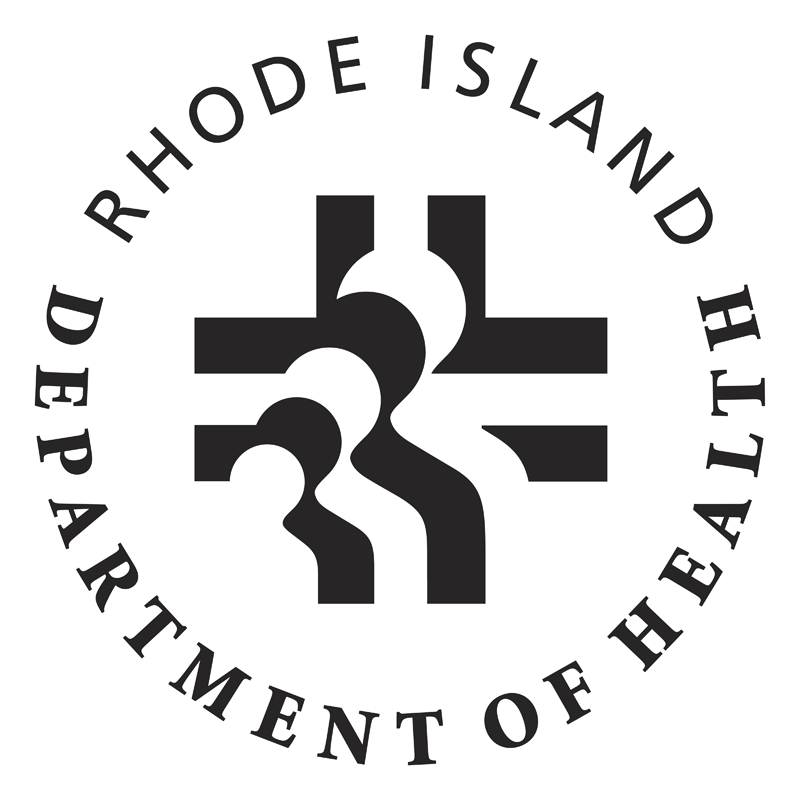Packaged food must be labeled. Food is packaged if it is bottled, canned, bagged, wrapped or put in a carton, and made available for self-service. The label on a food package tells consumers exactly what is inside the package in English.
Information Panel
The information panel is usually found to the right of the Principal Display Panel.
Ingredient List
- List the common name of all ingredients from the most to least weight of the product.
- Include all sub-ingredients.
Example: Flour (bleached wheat flour, malt barley, flour, niacin, iron, riboflavin).
- If an ingredient is less than 2% by weight, it can be mentioned at the end of the list,
Example: Contains 2% or less of citric acid, stevia leaf extract.
- Include chemical preservatives and food coloring.
Nutrition Facts
Include information about the serving size, calories and key nutrients of the food. If required, the nutrition facts panel should be placed at the top of the information panel.
A nutrition facts panel may be exempt for several specific reasons including:
the size of the business, how the food is served or sold, if there are insignificant amount of nutrients, such as in spices, tea or coffee. more
Major Food Allergens
Alerts consumers of major food allergens in the product. Eight major allergens included are: milk, eggs, fish, crustacean shellfish, tree nuts, peanuts, wheat, and soy.
Any protein that was made from a major food allergen must be included. This can be done in one of two ways.
- List the name of the food source, followed by allergen name in parentheses.
Example: flour (wheat), whey (milk). --OR--
- After the ingredient list, write "Contains" and list the allergens in the product.
Example: Contains: wheat, milk.
For tree nuts, state the specific type of nut. Examples: almonds, coconut, pecans. For fish or crustacean shellfish, declare the species. Examples: walleye, shrimp, lobster
Nutritional or Health Claims
If a nutrient content claim or health claim is made, nutrition facts must be included. Nutrient content claims indicate the nutritional value of the food.
Examples: low fat, high in oat bran, or contains 100 calories.
Health claims describe the relationship between a food component and a disease or health-related condition.
Examples: a brand name including a term such as "healthy," or a heart symbol.
Business Name and Address
Print the business name, city, state, and zipcode of the manufacturer, packer, or distributor.
If the name given is not the actual manufacturer, also state the establishment's relation to the product. Examples: Manufactured for or Distributed by.
Other label requirements
Some additional label components for retail establishments could include:
- Gluten-free claim more
- Country of origin labeling (COOL) more

 Rhode Island Department of Health
Rhode Island Department of Health